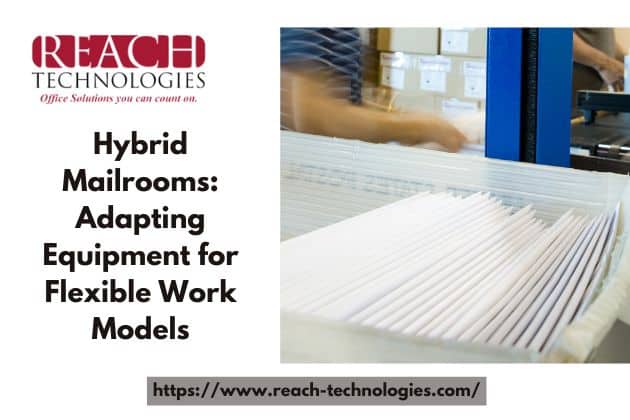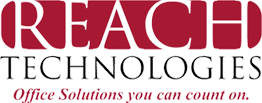
With the rise of hybrid work environments, where remote and in-office work coexist, traditional mailrooms are undergoing a transformation. Hybrid mailrooms are emerging as a solution to accommodate the needs of flexible work models. In this article, we’ll explore the concept of hybrid mailrooms and how organizations are adapting mailroom equipment to support their evolving workflow.
Understanding Hybrid Mailrooms
Hybrid mailrooms combine the efficiency of digital communication with the physical handling of mail and packages. They serve as centralized hubs where both electronic and traditional mail are processed, sorted, and distributed. With employees working from various locations, including home offices and satellite offices, hybrid mailrooms bridge the gap between virtual and physical communication channels.
Adapting Equipment for Flexible Work Models
To meet the demands of hybrid work models, organizations are rethinking their approach to mailroom equipment. Here are some key adaptations:
Digital Mail Management Systems: Implementing digital mail management systems allows organizations to streamline the handling of electronic correspondence. These systems automate mail sorting, routing, and delivery, reducing manual tasks and improving efficiency.
Remote Access Solutions: Equipping mailroom staff with remote access tools enables them to manage mail operations from any location. Cloud-based software, mobile apps, and virtual collaboration platforms facilitate seamless communication and task management, regardless of physical proximity.
Flexible Processing Equipment: Investing in versatile mail processing equipment ensures adaptability to changing workloads and mail volumes. Modular sorting systems, multifunctional printers, and hybrid mailboxes accommodate diverse mail formats and delivery preferences.
Security and Compliance Features: Enhancing security measures within hybrid mailrooms is essential to protect sensitive information and maintain regulatory compliance. Encryption technologies, access controls, and audit trails safeguard data integrity and confidentiality.
Benefits of Hybrid Mailrooms
Improved Efficiency and Productivity
Hybrid mailrooms streamline mail handling processes, reducing manual labor and administrative overhead. By digitizing workflows and automating repetitive tasks, organizations can achieve greater efficiency and productivity, regardless of employees’ location.
Enhanced Accessibility and Convenience
With remote access capabilities, employees can retrieve and manage their mail conveniently from anywhere, at any time. Whether working from home, on the go, or in the office, they have seamless access to essential correspondence and packages.
Cost Savings and Resource Optimization
By optimizing mailroom operations and reducing reliance on physical mail, organizations can realize significant cost savings. Eliminating paper waste, minimizing postage expenses, and maximizing staff utilization contribute to overall resource optimization.
Conclusion
As the workforce continues to embrace hybrid work models, the role of mailrooms evolves to meet changing needs. Hybrid mailrooms offer a flexible and efficient solution for managing both digital and physical mail in today’s dynamic work environment. By adapting equipment, leveraging technology, and prioritizing efficiency, organizations can optimize their mailroom operations and support the evolving needs of their workforce.
